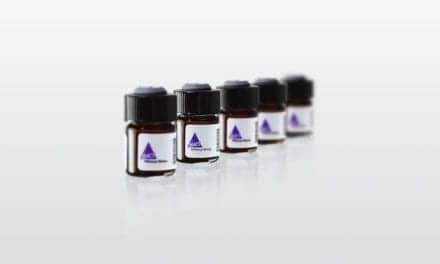Affymetrix Inc, Santa Clara, Calif, reports that a team of researchers at the Fraunhofer Institute in Germany is using its Whole Transcript (WT) gene-expression technology to better understand the molecular basis of drug-induced liver injury (DILI).
The ultimate goal of the project is to develop a diagnostic array that can detect signals of liver toxicity earlier and more accurately than traditional techniques.
DILI is one of the most common side effects of pharmacotherapy and the most frequent reason why registered drugs are withdrawn from the market. No reliable method exists to forecast the progression of various types of DILI, and a diagnostic tool that could effectively predict liver disease could save drug companies some $2 billion annually in development expenses in the United States.
Professor Juergen Borlak, director, Fraunhofer Institute of Toxicology and Experimental Medicine (ITEM) and head of the Institute of Pharmaco- and Toxicogenomics at the Hannover Medical School (MHH), is leading the study. The MHH is Europe’s largest liver-transplant center.
Borlak’s team is using the Affymetrix Exon and gene arrays to analyze the molecular mechanisms involved in the development of DILI. The company’s WT technology helps researchers to survey gene- and exon-level expression, and alternative-splicing patterns on the whole-genome scale. Any one of these transcripts can be used to develop a new treatment or diagnostic.
Borlak says that applying genomic sciences to toxicology can dramatically improve drug safety, and WT technology helps the researchers to see the real biology to better identify susceptible genes and potential gene targets for potential pharmacotherapeutic treatments.
Initial data from the study cohort is expected to be published by the fall of 2008. After clinical evaluation, the Fraunhofer Institute hopes to launch its diagnostic tool in the spring of 2009.
Affymetrix GeneChip® microarray technology is a tool for analyzing complex genetic information. The company’s technology is used by pharmaceutical, diagnostic, and biotechnology companies worldwide, and by academic, government, and not-for-profit research institutes.




